The history of American protest music, from “Yankee Doodle” to Kendrick Lamar
(Left to right) Billie Holiday, Woody Guthrie, Chuck D, Father John Misty.
How protest music evolved from Civil War refrains to viral Trump videos.
Father John Misty, the sarcastic, cynical musician behind the 2015 hit “Bored in the USA,” has never been one to shy away from social commentary. But his third album, released on Friday, pushes it to another level. Pure Comedy is chock-full of biting critiques on religion, idolatry, and politics, and is accompanied by videos featuring clips of Donald Trump's inauguration and children playing with guns.
Though the artist has sung about capitalism and the fragility of society before, this LP has a clearer focus than before: It’s a protest album through and through — albeit in the self-righteous, slightly pretentious way only Misty can deliver. With track titles like "Things It Would Have Been Helpful to Know Before the Revolution" and "Two Wildly Different Perspectives," and lyrics lambasting “elected goons” and climate change, he takes direct aim at the state of politics, the environment, and religious fanaticism.
Misty isn’t the only musician making protest music, nor is he the first. Far from it. Protest music has always been an essential form of political expression in America, and at times of political and social unrest, it becomes a crucial refuge — both for musicians, as a release valve for their frustrations and convictions, and for listeners in need of a rallying cry.
From call-and-response chants to viral videos, the layered history of these songs and the way they’ve adapted with changing technology informs the state of protest music today: primed to produce an artful, stirring soundtrack to an era of massive civil engagement.
Protest music: a primer
Protest music has been around for centuries: As long as people have been getting fed up with the status quo, they’ve been singing about it. And because music styles, human emotions, and social issues are so wide-ranging, protest songs are too.
These songs are usually written to be part of a movement for cultural or political change, and to galvanize that movement by drawing people together and inspiring them to take action or reflect.
Protest songs often skew liberal, and usually fall under two major categories: politically charged, topical songs taking issue with the government, or culturally focused songs aimed at injustices facing marginalized groups.
This broad categorization gives songwriters a lot of leeway to experiment — songs can be quiet and haunting, boisterous and biting, or simple and catchy. And even when no major political movement or cultural shift is happening, musicians can contribute to the canon with bold songs about smaller issues.
American protest music 1.0: war and slavery through song
The first American protest songs were crafted for a purpose: to draw people together around a central mission. Grounded in simple verses and refrains, the tunes were often lifted from hymns or remade from songs people already knew, with lyrics frequently written as easy-to-learn call and response. These songs were less about beauty and finesse than about utility and purpose.
The tradition goes back to the country’s founding. “Free America” was one of the nascent US’s first protest songs, a Revolutionary War call to action song by minuteman Joseph Warren. “Yankee Doodle,” now popular as a children’s song, was actually written by British soldiers mocking their American counterparts during the Revolutionary War, but Americans took up the tune ironically to toss it back in the Brits’ faces.
More of the first widely known protest songs in the US came from slaves, mostly derived from hymns with themes of freedom or escape. “Go Down, Moses,” based on Old Testament stories of Moses freeing the Israelites from slavery in Egypt, was even reportedly used by Harriet Tubman as a code song while operating the Underground Railroad. Spirituals provided an opportunity to gather together, share feelings, and lament or be joyful.
The original publication of the text of the "John Brown Song." James E. Greenleaf, C. S. Hall, C. B. Marsh - Cornel
During the Civil War, the Union side took up the protest song “John Brown’s Body.” Sung to the tune of a popular call-and-response camp meeting song (better known today as the melody to “The Battle Hymn of the Republic”), “John Brown’s Body” was about the eponymic abolitionist whose Harpers Ferry raid sparked tensions that led to the start of the Civil War.
“John Brown’s body lies a-mouldering in the grave / His soul is marching on,” the lyrics repeat, while a later verse calls for hanging Jefferson Davis, the leader of the Confederacy, from an apple tree. Such lyrics typify the protest songs of the time: They’re simple and repetitive, and therefore easy to learn and share with others, which helped make the song a Union favorite.
Art emerges: race struggles of the early 20th century
As America pulled out of the Civil War and its class and race divides evolved, protest music likewise shifted and adapted with the music of the early 20th century.
Electrical music recording began to take hold in the 1930s, and record players and radios surged into wide distribution. The advent of this new technology meant a song could proliferate outside of the oral tradition, and guided music into its first stage of “pop,” with genres like big band, jazz, and ragtime. Protest music followed suit, with tunes and lyrics that were more complex than the simple, easy-to-learn Civil War–era songs.
Nowhere was this more apparent than in Billie Holiday’s 1939 song “Strange Fruit.” As music journalist Dorian Lynskey writes in his book 33 Revolutions Per Minute: A History of Protest Songs, From Billie Holiday to Green Day, Holiday’s tune was the first of its kind, bringing protest songs into the popular music realm. “Up until this point, protest songs functioned as propaganda, but ‘Strange Fruit’ proved they could be art,” Lynskey writes.
“Strange Fruit” drew in listeners with its silky, dark melody and kept their ears with its lyrics about Southern lynchings. It’s a moody reflection on civil unrest in the South, and uses the transparent metaphor of fruit to evoke a vivid image of hanged black bodies.
Unlike the protest songs of the Civil War era, “Strange Fruit” wasn’t a chant or a call to arms. It was a harrowing commentary on the state of the country, designed to make people sit up and pay attention.
“Strange Fruit” inspired either enthusiastic approval or something more akin to revulsion — either way, audience response was visceral. According to Lynskey, the song was almost completely banned on the radio, which meant that most Americans heard about it — if they heard about it all — through word of mouth, or through a vivid description of Holiday’s performance.
After Holiday died in 1959, “Strange Fruit” entered the protest song canon as a unique piece of art: a near-poem that struck a hot nerve. The song was something more than a repetitive chant for the trenches. It was a piece of popular culture, both something to enjoy in a smoky bar and to stir up conversation afterward — disseminating dissatisfaction with the status quo in a beautiful, haunting way.
The dawn of folk music
Popular protest music ballooned further into the mainstream when contemporary folk began to hit radios in the post–World War II 1940s, and continued to dominate the protest music scene in the lead-up to the turbulent late 1960s and early ’70s. Folk artists like Pete Seeger and, a decade or so later, Peter, Paul, and Mary and Joan Baez, used the mostly acoustic form to broadcast their politics to a nation struggling through the civil rights era and moving toward the Vietnam War.
The music — artful in its composition and filled with both heavy metaphor and straightforward political commentary — drew political movements together. Because songs were now broadcast on television and played at huge concerts, fans and protesters alike were able to interact with and take ownership of songs in a new way.
Woody Guthrie, an Oklahoma singer-songwriter, is probably the best-known name of the genre, and jump-started the folk protest movement. Guthrie grew up working class in the Dust Bowl, listening to protest songs by labor activist and songwriter Joe Hill and sitting around campfires talking about socialism.
Guthrie penned “This Land Is Your Land” in critical response to ultra-popular Broadway songwriter Irving Berlin’s smash hit “God Bless America.” (Some of Guthrie’s more scathing lyrics, which you can hear in the video above, were left out of the final, widely distributed recording — for example: “There was a big high wall there that tried to stop me / The sign was painted, said ‘Private Property.’”)
The song became an anthem for the working class he came from, propelled along by his reputation as an authentic voice from the trenches. Guthrie’s songs were seen as honest and lived-in, not pandering — essential to a successful protest song.
Bob Dylan, whose name is almost synonymous with 1960s activist music, lists Guthrie as a main influence. But despite his reputation, Dylan denies being a writer of protest songs. Instead, he insists his tunes, like “Blowin’ in the Wind” and “Times They Are a Changin,’” were co-opted by civil rights and Vietnam War protesters and then imbued with meaning to make them the marquee songs of the movements. While they were sung at countless rallies and marches and swayed along to at concerts, Dylan edged away from the suggestion that he was a movement leader.
While Dylan attempted to move on with his career, shifting from acoustic to electric guitar in a move that shocked and outraged audiences at the 1965 Newport Folk Festival, the ship had already sailed for him to regain ownership of his music: As Lynskey says in his book, Dylan “lost ownership of [his songs], and their nuances.” The songs were already part of history, burned into the fabric of the civil rights movement and controlled by the people who made them protest songs.
Protesting with soul music
While folk music was blowing up, soul music was too. In the 1950s, black artists began making music with roots in gospel music, blues, and jazz that became the soul movement, which was positioned in direct response to the injustices of the civil rights era.
Explicit protest songs were dubbed “freedom songs,” which Tamara Roberts, an ethnomusicologist from the University of California Berkeley, says were “especially powerful because they came out of the black church tradition, and out of a shared body of song, and already had a history.” Artists making these songs helped galvanize the black side of the civil rights movement, giving activists a new way to express both hope and frustration.
Singer-songwriter Nina Simone’s first protest song is exemplary of the era. Written after the 1963 murder of civil rights activist Medgar Evers in Mississippi, and after four young black girls were killed in the bombing of Alabama’s 16th Street Baptist Church, “Mississippi Goddam” became the fiery anthem of black political protest. Its lyrics balk at the then-popular refrain to “go slow” on movements like desegregation and reunification, and they speak out about everyday injustices black people face.
Sam Cooke set a different tone with 1964’s “A Change Is Gonna Come,” a track that expressed less anger and more melancholy hopefulness. “What’s Going On” by Marvin Gaye, an early 1970s protest song, could be applied to a number of different grievances. “It alluded to all of these changes in society and all of these struggles,” says Roberts, “but he keeps coming back to this statement, sometimes a question. It can be directed toward multiple people and institutions.”
Shortly thereafter, poet and singer Gil Scott-Heron released 1971’s “The Revolution Will Not Be Televised,” a spoken-word ode to the black power movement that combines poetry and jazz to make specifically black protest art. Heron penned the song in the rocky political climate surrounding the Vietnam War and the Kent State shootings, which sparked demonstrations across the US. “The Revolution Will Not Be Televised” was a message that political movements belonged to those who were protesting: not the media, not the government, but rather the activists and those who wanted to make a change.
Rap, rock, and social commentary of the ’80s and ’90s
As the Vietnam War drew to a close — after inspiring a plethora of popular protest songs — the 1980s and ’90s gave way to a relatively calmer political climate. And as hyper-concentrated social justice movements took a back seat, protest songs focused on more general social commentary rose to the fore.
As with the boom in electronic recording in the 1930s, the music video helped shape this era: MTV and VH1 made visuals and music a package deal, giving artists a second way to express themselves and their views.
Punk and punk-rock music bloomed in the late ’70s and the ’80s, giving rise to songs like the Dead Kennedys’ “Nazi Punks Fuck Off” and “Holiday in Cambodia,” the former a screamy song yelling about the obvious, and the latter a biting critique of wealthy American 20-somethings, contrasting their cushy US life with the horrors of the genocidal Khmer Rouge dictatorship in Cambodia.
Also in the ’80s, rap music went mainstream, with N.W.A.’s “Fuck Tha Police” offering up a scathing indictment of police brutality. Public Enemy’s “Fight the Power,” with its call-to-action “We've gotta fight the powers that be” lyrics, followed the same rap-as-protest trend. A decade later, the California band Rage Against the Machine churned out countless rap-rock protest songs like “Sleep Now in the Fire,” rapping about the colonization of America and atomic bombs in World War II, and “Testify,” which came with a music video lambasting George W. Bush, Al Gore, and American politics.
This era also saw the first concentrated feminist rock movement of its kind, as women in the 1990s began the short-lived but long-remembered riot grrrl movement. Riot grrrls came together with a focus on forwarding progressive agendas like fighting potential Bush-era sanctions on abortion rights, protesting apartheid, and generally working to stamp out patriarchal norms.
Bikini Kill’s 1993 “Rebel Girl” sings about lesbians in love (and was used in a viral Hillary Clinton video during the 2016 campaign season), while Sleater-Kinney’s “A Real Man” from 1995 roars about not wanting a man’s advances. The riot grrrl movement fell apart by the mid-’90s, but its gritty attitude was a pure expression of the frustration of the moment.
The ’80s and ’90s didn’t produce buckets of protest music, but they did lay the groundwork for what politically charged songs can look like in an era without a galvanizing political movement. Common themes crop up in these socially conscious songs: feminism, privilege, police brutality — issues in America that aren’t going anywhere.
9/11 and the Bush era revive the protest song — almost
Protest music usually tends to flourish in times of major political upheaval. After a relative lack of civic or social turmoil in the ’90s, it seemed like the terrorist attacks of September 11, 2001, and the subsequent invasion of Iraq by then-President George W. Bush would give protest music a serious revival.
But while the post-9/11 era fostered a deep pool of emotion, frustration, and unrest that helped singers produce some standout tracks, the lack of a unifying political movement left a millennial protest song resurgence dead in the water.
This isn’t for lack of trying, though. Bands like Green Day and Bright Eyes satirized the direction the US took post-9/11 and in the Iraq War. The title track of Green Day’s 2004 album American Idiot took aim at the war in Iraq, with singer Billie Joe Armstrong specifically targeting the 24-hour news cycle and how constant coverage and media “propaganda” brainwashed the nation into believing whatever they saw on TV.
Indie singer-songwriter Conor Oberst, who produces music under the name Bright Eyes, released a biting criticism of Bush called “When the President Talks to God” in 2005 — which he played, in a full cowboy getup, to a massive viewing audience on The Tonight Show With Jay Leno that same year. Neil Young wrote “Let’s Impeach the President” in 2006; Dixie Chicks lead singer Natalie Maines infamously dissed Bush at a 2003 concert in London and stopped the band’s meteoric rise in its tracks; and rapper Sage Francis released “Makeshift Patriot” in October 2001, critiquing the media’s coverage of the 9/11 attacks.
These artists, and more, kept the protest tradition alive. Still, Bush won reelection, American troops stayed in Iraq, and a centralized political movement never evolved. Dorian Lynskey quotes the Flaming Lips’ Wayne Coyne in his book: “It’s not like Vietnam. … The youth aren’t dying in the same way. There’s no protest, really. They [music consumers] weren’t powerless — they just didn’t give a shit.” People were shocked by 9/11 and against the Iraq War, but without a specific and sustained movement, protest songs had nothing to act as background music to.
The songs of the post-9/11 era, while still powerful individually, acted as standalone items — less anthems for a movement and more isolated bursts of anger and frustration.
Black Lives Matter, feminism, and queer identity in the Obama era
These songs quickly faded into the political past with the election of Barack Obama in 2008. With a Democrat in the White House for the first time in eight years, and the first black president at that, liberal musicians took up a different songwriting mantle: the empowerment song.
Tracks written during Obama’s era trended more toward celebrating identity or supporting and bolstering movements of marginalized people. Similar to the calm political climate in the ’80s and ’90s, but boosted by the election of a celebrated black, liberal president, music again began to focus on less ephemeral, more niche movements.
Lady Gaga sang about queer acceptance in 2011’s “Born This Way,” Kendrick Lamar’s “Alright” became an unofficial anthem of the Black Lives Matter movement, and Beyoncé brought feminism in music to the mainstream with her 2014 self-titled album and the song “Flawless.”
When Obama was elected, the internet was already an indispensable tool for music sharing. But as his presidency progressed, social media became the monster influencer it is today: Twitter, Facebook, and YouTube were all introduced around 2005, but their popularity surged toward the turn of the decade. And social media’s takeover has launched a new way of sharing songs — artists can reach their entire fan base in seconds. With that came a new method of protest by political activists.
Take Beyoncé’s “Formation,” which she surprise-debuted by uploading the video to her YouTube page the day before she was set to perform at the 2016 Super Bowl. The video features shots of post–Hurricane Katrina New Orleans, cops in riot gear, and references to Black Lives Matter, and set the stage for her Black Panther–inspired halftime show. Within hours, the hashtag #Formation was trending, giving people a space to talk about the video, the artist who made it, and the issues it presented.
A new era of virality
As Beyoncé made clear, when it comes to gathering and galvanizing an audience, protest songs today have an upper hand on their predecessors: virality. New songs spread like wildfire online, especially when they have biting, topical music videos attached.
Gorillaz, the British hip-hop and rap group, released their long-awaited first single since 2012 — “Hallelujah Money” — the weekend before Donald Trump’s inauguration. The anti-Trump song’s video features spoken-word artist Benjamin Clementine standing in front of a backdrop of projected images, including shots of the Ku Klux Klan and rainbows, and it’s already racked up more than 5.5 million views.
Sometimes this virality is strong enough to lift itself off the internet and into the real world. Case in point: Before the giant Women’s March on Washington, LA musician MILCK organized a group of singers online from around the country and taught them a song called “Quiet,” about feminism. Then on the day of the Women’s March, the pussy-hat-wearing group met up and performed the song, flash mob style, in the streets of DC. Like call-and-response songs from the past, the chorus was simple enough to learn that a group of people online could catch on easily — this time assisted by modern technology.
Interacting with these songs and videos is a form of protest itself: Even if people aren’t gathering together and spontaneously singing en masse, watching a video or listening to a song and then posting it on your social media feed signals your interest in a cause and your commitment to the feelings a song expresses. The more shares, the more likes, the more wholeheartedly people back a sentiment, even if it’s just online.
On the other hand, Roberts, the Berkeley ethnomusicologist, thinks some protest songs might work better outside the online sphere. “I think now we have a need for songs that can just be shared by whoever shows up and quickly learned, and that can be a part of sustaining protests or compelling people to be in protests for longer,” she says.
Music’s response to Trump
Throughout Donald Trump’s presidential campaign, music lurked in the background as a bubbling protest: Artists like Adele, Neil Young, and Queen barred Trump from playing their songs at his campaign rallies; dozens of singers spoke out against him at their concerts and on social media. And then Trump won the election.
With hundreds of thousands of protesters turning up to demonstrate against his policies since he took office (see: the Women’s Marches, demonstrations in airports and outside Congress after his now-overturned executive order that banned entry into the US by anyone from seven majority-Muslim countries and refugees, and the planned April 22 Scientists’ March on Washington), the air is ripe for political protest from musicians. But there’s an element that gives musicians more grist than the usual issue-based protest songs of the past:
Trump himself
Trump, in his actions, speech, and attitude, has distinguished himself as an aberration from commonly accepted norms and values. From the Access Hollywood tape where he admitted to grabbing women “by the pussy” to his mocking of a disabled reporter, and his now-defunct but much-touted “Muslim ban,” just to name a few, the president himself provides enough fuel to power the composition of countless protest songs.
Fiona Apple’s and the Cold War Kids’ recent entries in the protest music canon — the “Tiny Hands” chant (“We don’t want your tiny hands anywhere near our underpants”) and “Locker Room Talk” (“Dirt in your mouth / mic on the sleeve / we all heard how it sounded”), respectively — reflect this ad hominem approach to protesting the Trump presidency. In these tracks, Apple and the Cold War Kids are echoing the type of quick-to-anger songs seen after 9/11, with lyrics that capitalize on well-trodden, buzzy topics (Trump’s hand size, his Access Hollywood tape) and give listeners something snappy to grab on to, if not necessarily a cause to rally around.
A Tribe Called Quest also drew on this anger toward the country’s new president in their 2017 Grammys performance, which featured Busta Rhymes growling, “I just want to thank President Agent Orange for perpetuating all of the evil that you’ve been perpetuating throughout the United States / I want to thank President Agent Orange for the unsuccessful attempt at a Muslim Ban,” before the group launched into “We the People…,” their most politically charged new song, with lyrics referencing deportation and police brutality.
The album that song appears on, though, was released before Trump’s election. We got It from Here … Thank You 4 Your service, Tribe’s first album of new music in 18 years, is what Kwame Opam at The Verge called “tear-jerking, essential protest music,” with songs about immigration, sexism, and police violence. It addresses systemic issues, but ones that can be easily grafted on to personal anger toward Trump, as seen in their Grammys performance.
Trump’s policies provide another deep well of content for songwriters to jump into. This gives rise to typical issue songs about authority and rights, and has motivated singers to write tracks whose proceeds go to organizations potentially damaged by Trump. The 100 Days, 100 Songs project is a continuation of the pre-election, anti-Trump 30 Days, 30 Songs. It brings together a collection of mostly indie-alternative artists and releases one song a day, with proceeds supporting organizations that might be negatively affected by the president’s policies — like Planned Parenthood and the American Civil Liberties Union, which already saw donations spike after Trump’s election. In the same vein, Arcade Fire and Mavis Staples released “I Give You Power” on the eve of Trump’s inauguration, a throbbing track about the give and take of authority, with all proceeds from its purchase going to the ACLU.
But musical protest doesn’t have to come with donations attached or overtly reference President Trump and his policies to be effective — particularly when it’s drawing on the country’s protest music tradition.
When Lady Gaga, who is on the record as anti-Trump (she called him “one of the most notorious bullies we have ever witnessed” in a November tweet) was preparing to perform at the 2017 Super Bowl halftime show, she said at a press conference that “[t]he only statements that I’ll be making during the halftime show are the ones that I’ve been consistently making throughout my career.” Given her history, it was reasonable to expect an anti-Trump message, subtle or otherwise, to work its way into her performance.
But then Gaga began her halftime performance with a back-to-back rendition of Irving Berlin’s “God Bless America” and Woody Guthrie’s “This Land Is Your Land,” the famous rebuttal to Berlin’s song that stands up for the underrepresented and underserved in America. The centerpiece of her performance was the 2011 queer anthem “Born This Way,” which managed to extend a hand of solidarity to a huge group of marginalized people at the year’s most-watched sporting event — without once mentioning President Trump or his policies by name.
Gaga’s performance functioned as a protest — not in the overt style A Tribe Called Quest used at the Grammys, but rather through references to America’s protest song tradition and by spotlighting one of the biggest empowerment anthems of the past decade.
The next four years of song
Mixing a traditional protest song with a millennial empowerment anthem à la Lady Gaga might be the key to creating the next generation of forward-looking, inclusive protest music. And though it can be tough to hit on that one song that can inspire people to action, according to UC Berkeley’s Roberts, one way for popular protest music to find success is by digging back into history.
“Older traditions have come back time and time again, sometimes because the imagery is really poignant, and sometimes because the practice itself is really special,” she said. For example: Spirituals from the 19th century were revived during the 1960s and saw tons of success during the civil rights movement. Maybe that’s why “A Change Is Gonna Come” is still the anthem it is today.
Roberts definitely sees a surge of pop protest songs coming back, which can create a productive dialogue. “But I want to see more of — not reactionary, but songs that paint a vision of what we want to see happen,” she says. “I want us to start to understand where someone else is coming from.” This points to songs a little less like Fiona Apple’s ultra-specific “Tiny Hands” chant and a little more in the vein of Kendrick Lamar’s “Alright,” which can create a dialogue about the desired future instead of just ruminating on the injustices and frustrations of the present.
The culture we create in times like these is essential, says Roberts. “That’s part of what sustained us in the past, and part of what sustains us now, and that allows us to connect with each other as human beings.” But as Dorian Lynskey reminds us in the afterword of his book: Whether that music catches on and succeeds “depends on the rest of us.”
(Published 2017/04/15 at 12:38 pm)
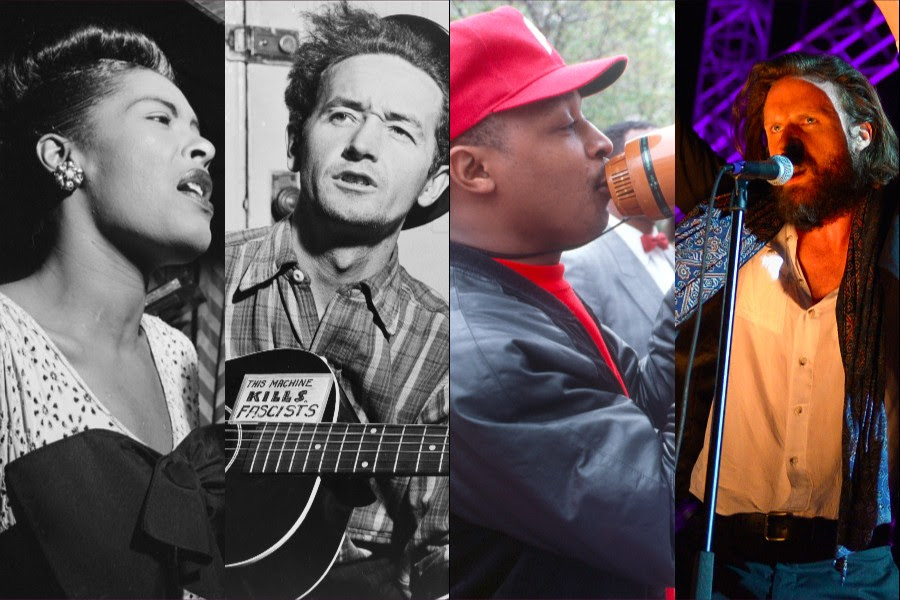
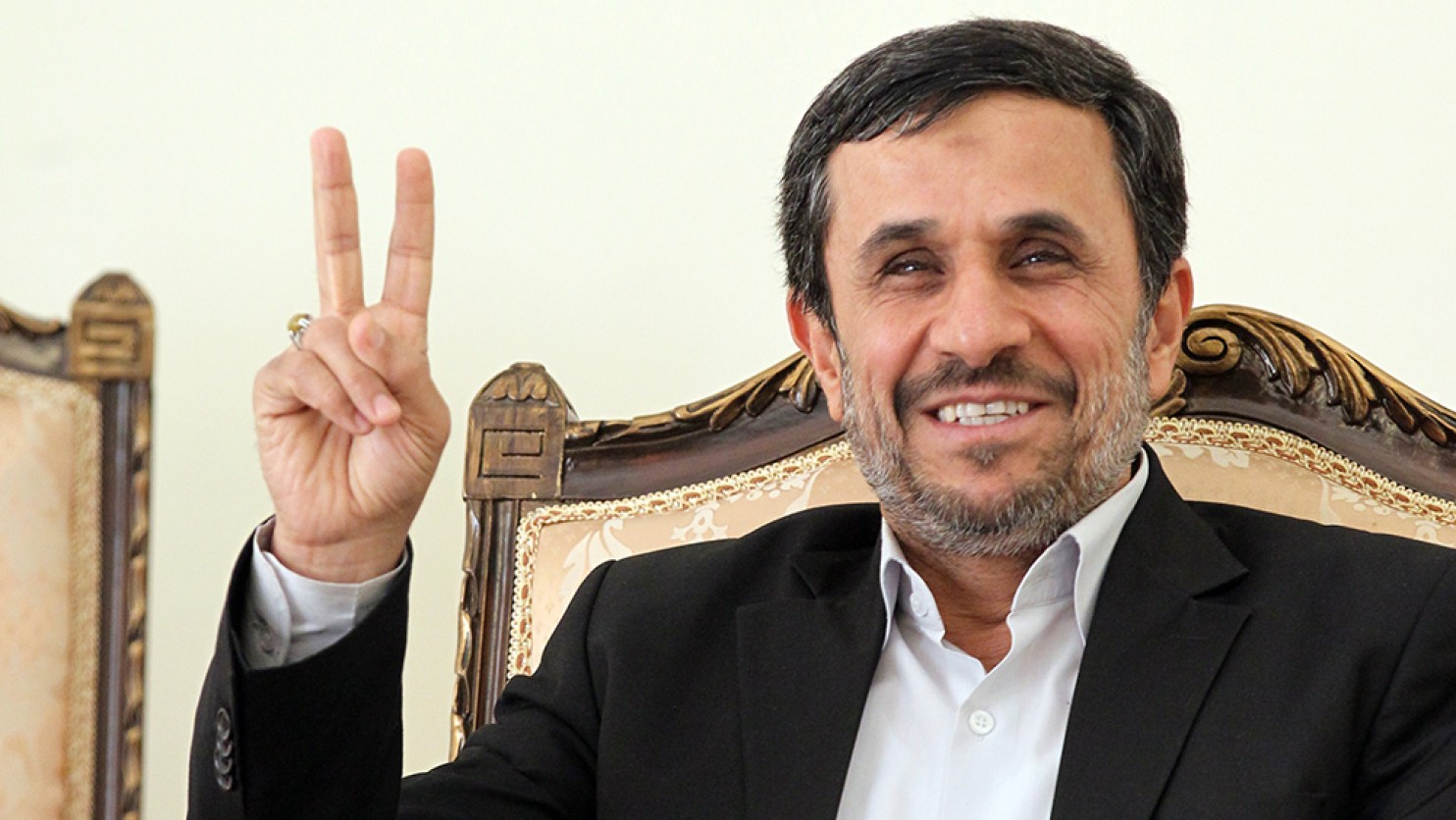

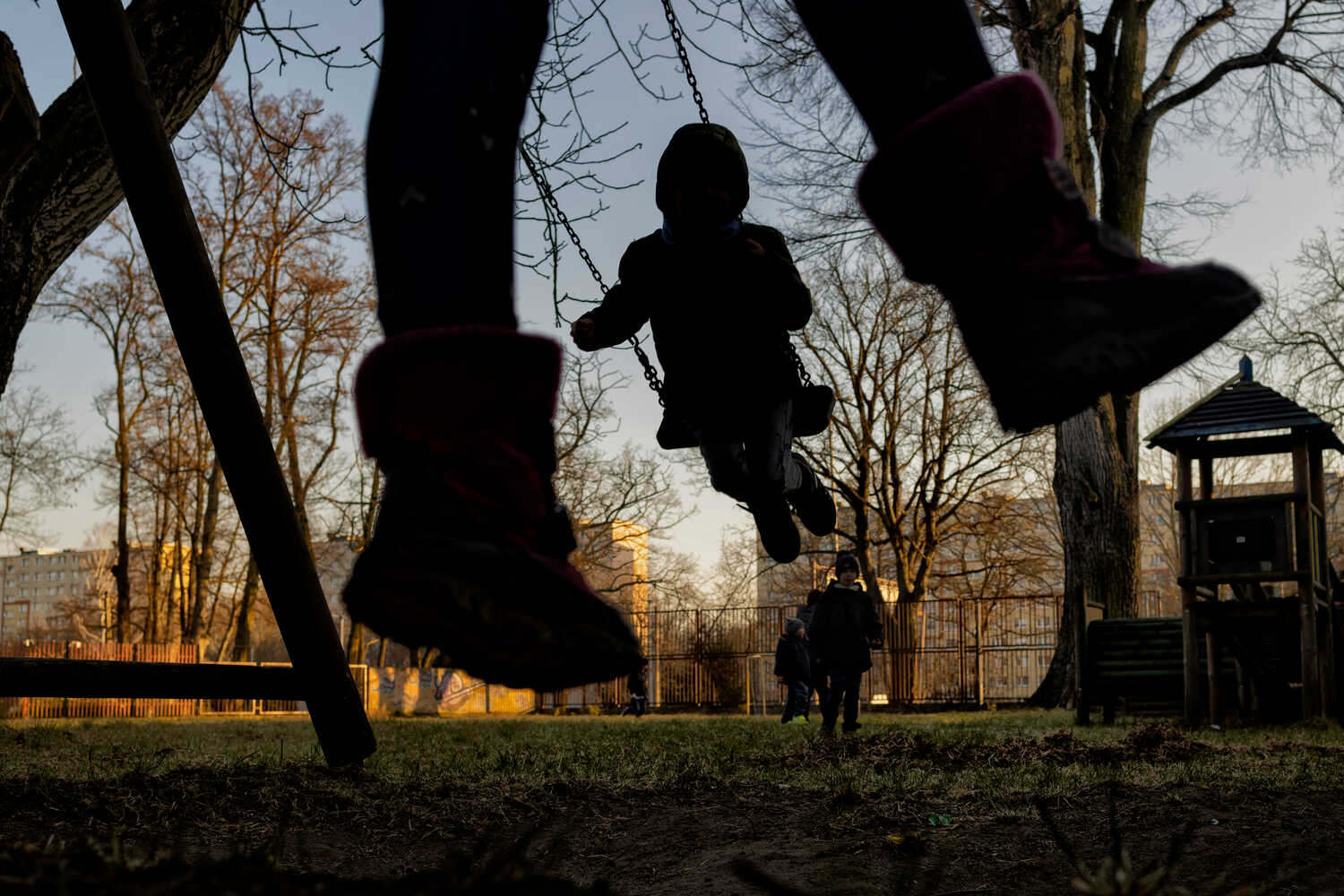
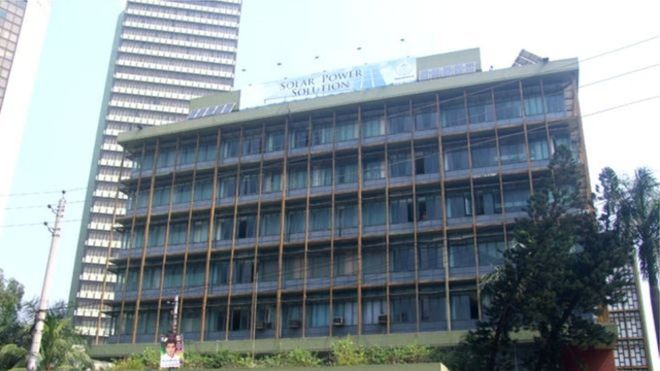
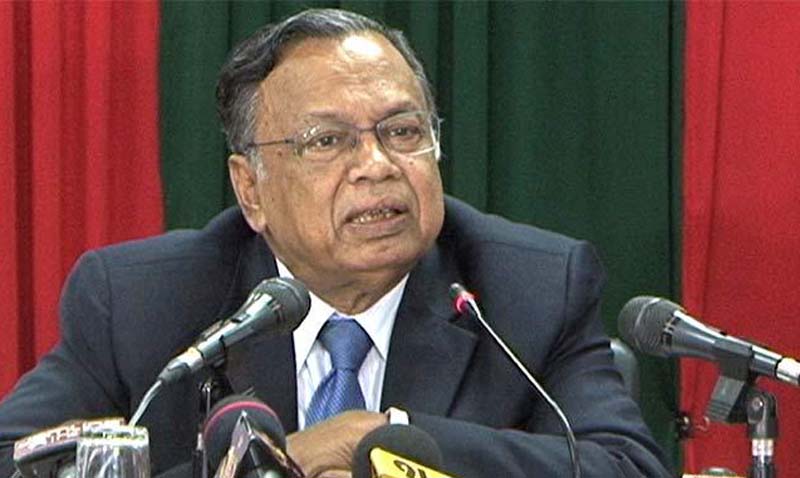
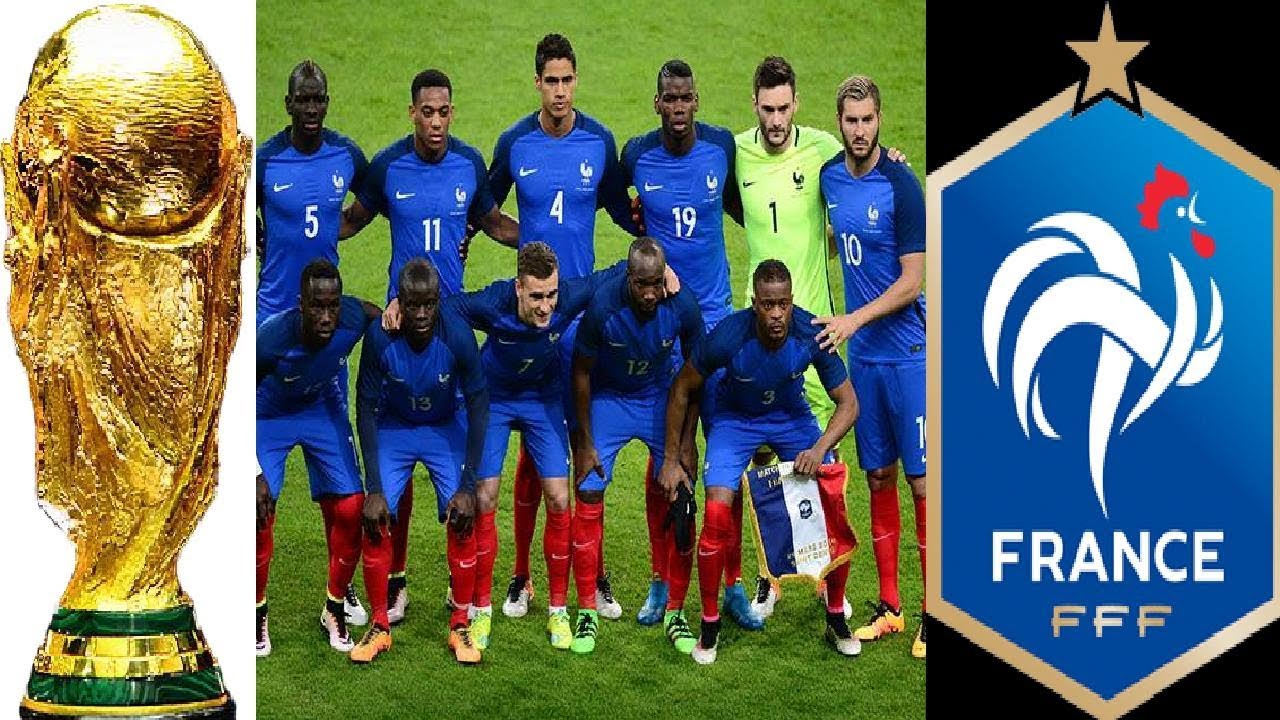

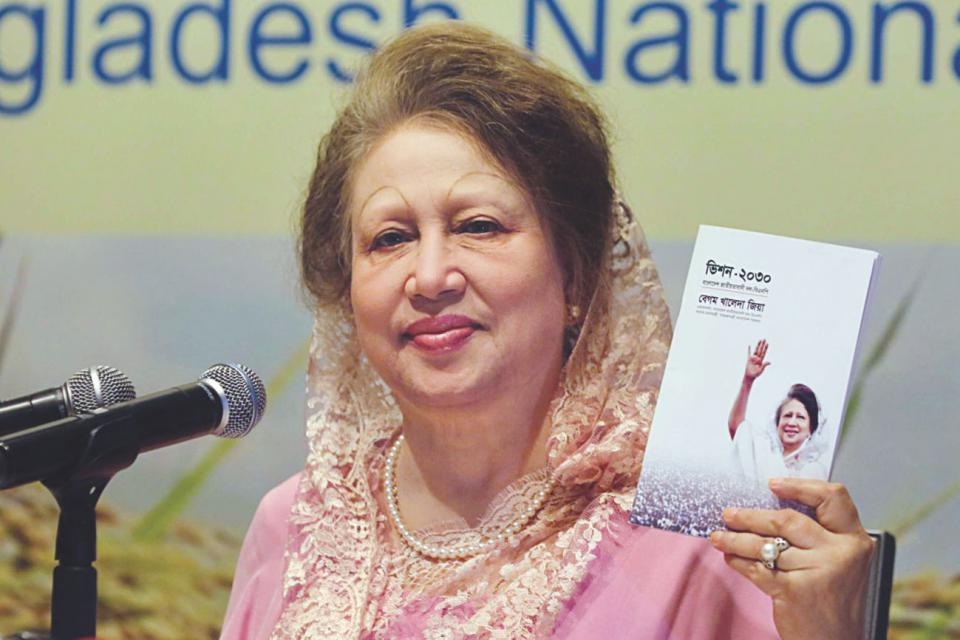


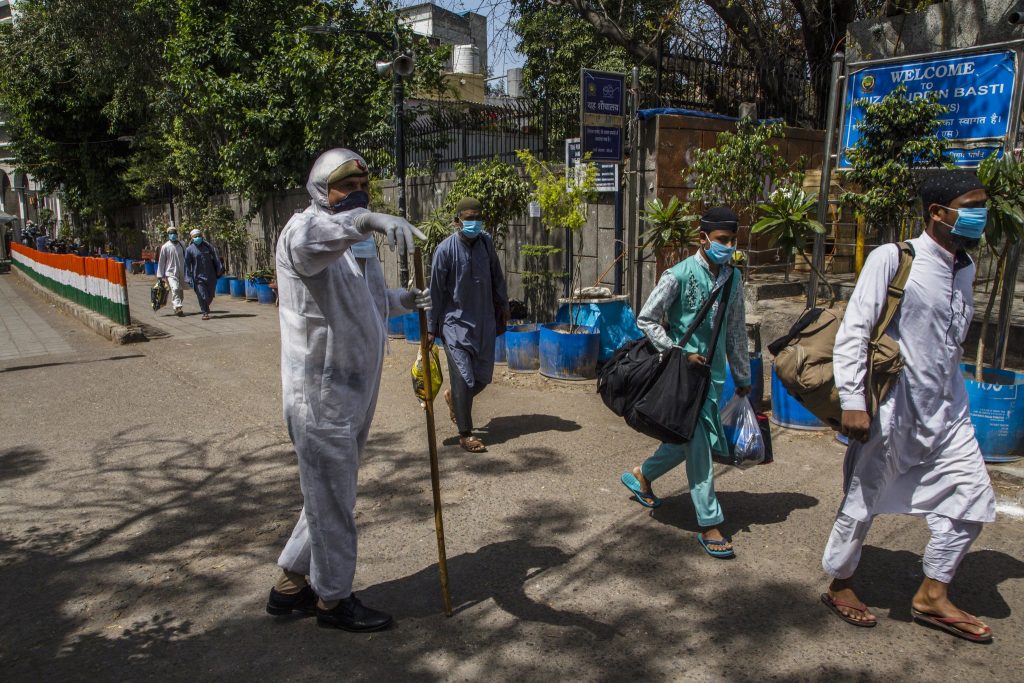
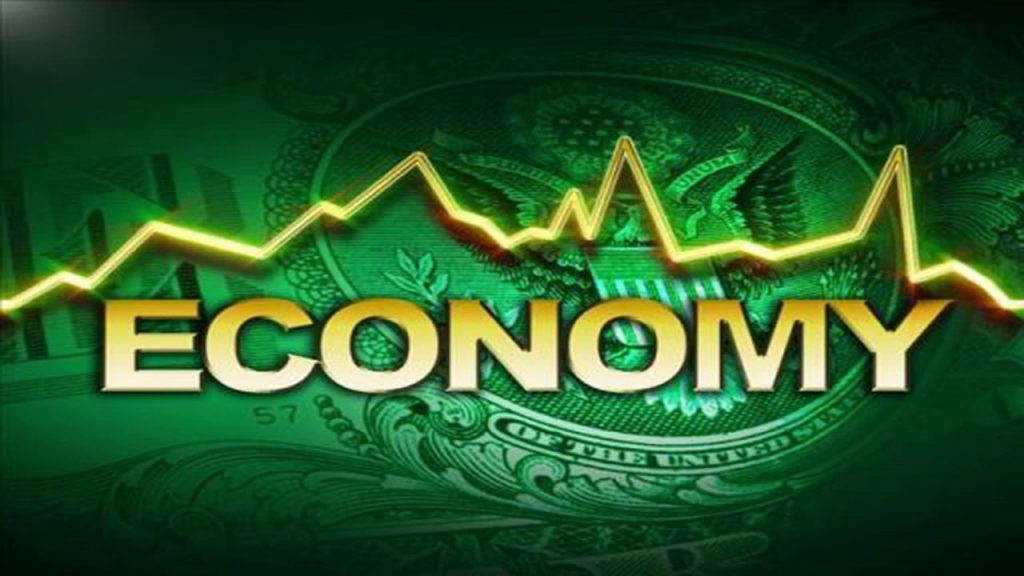

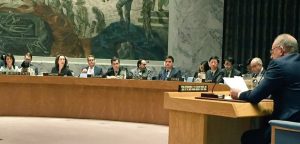

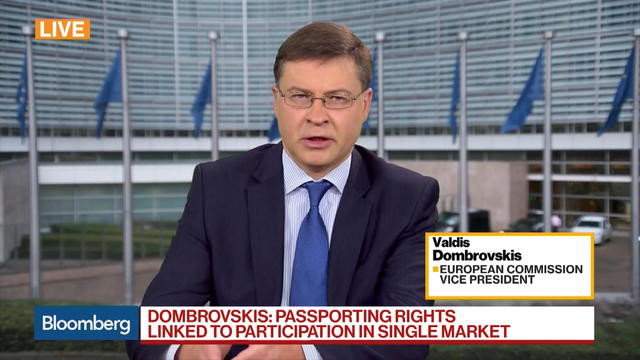
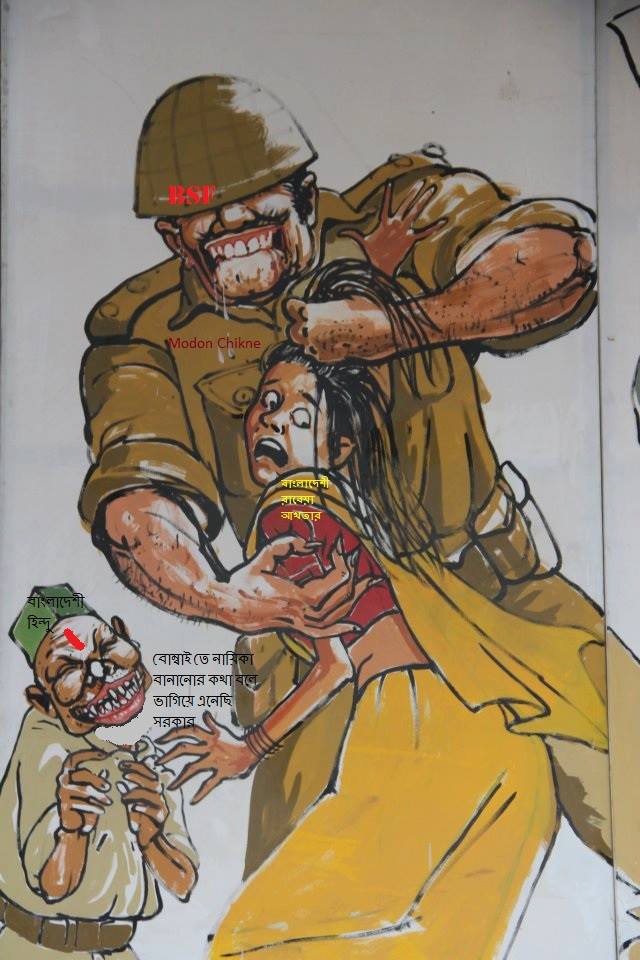


Comments